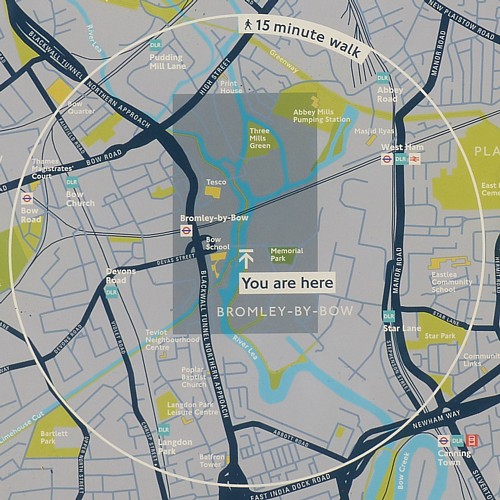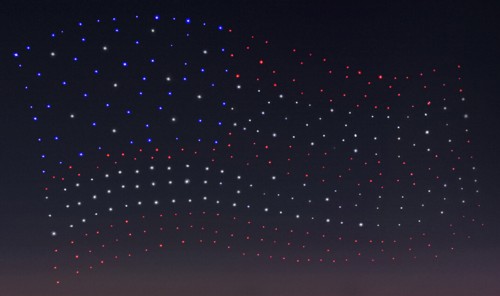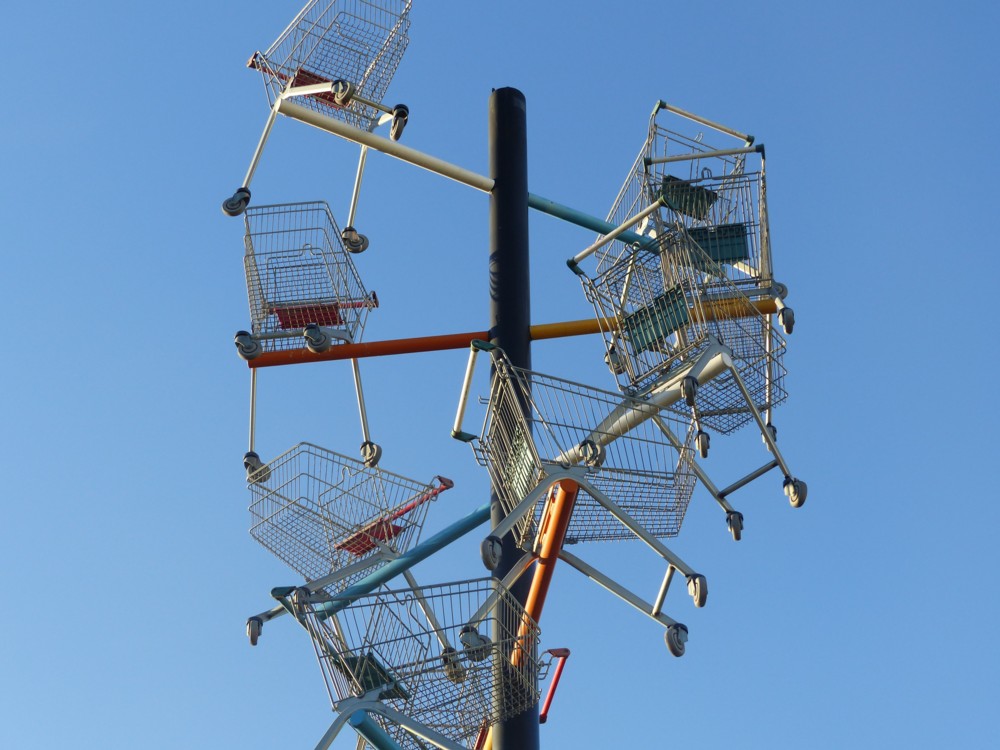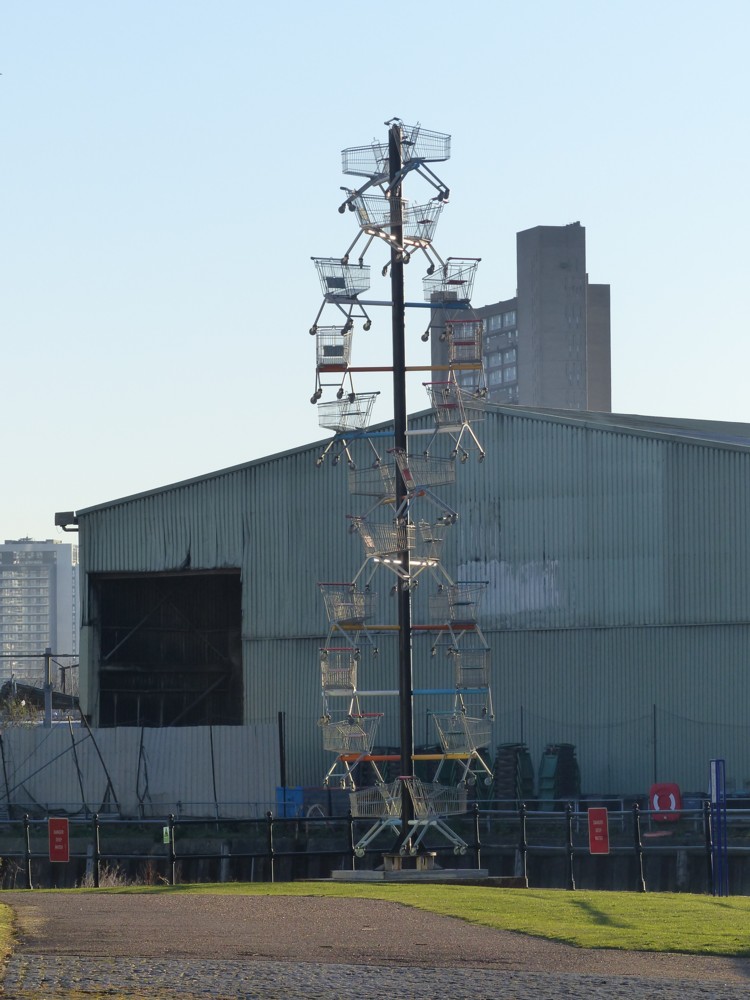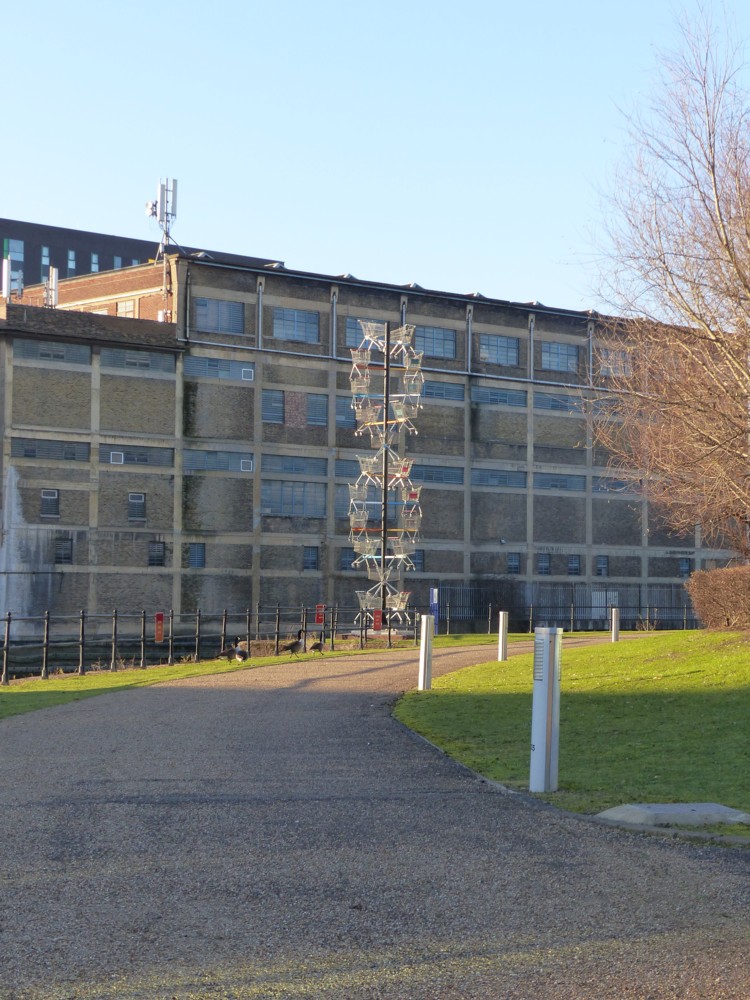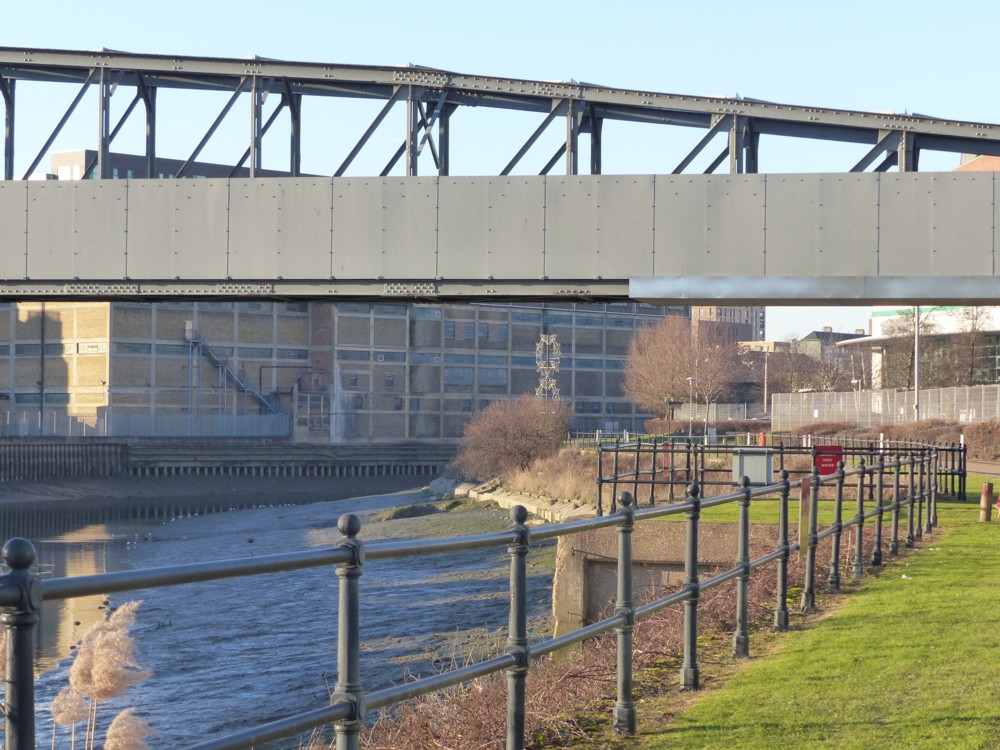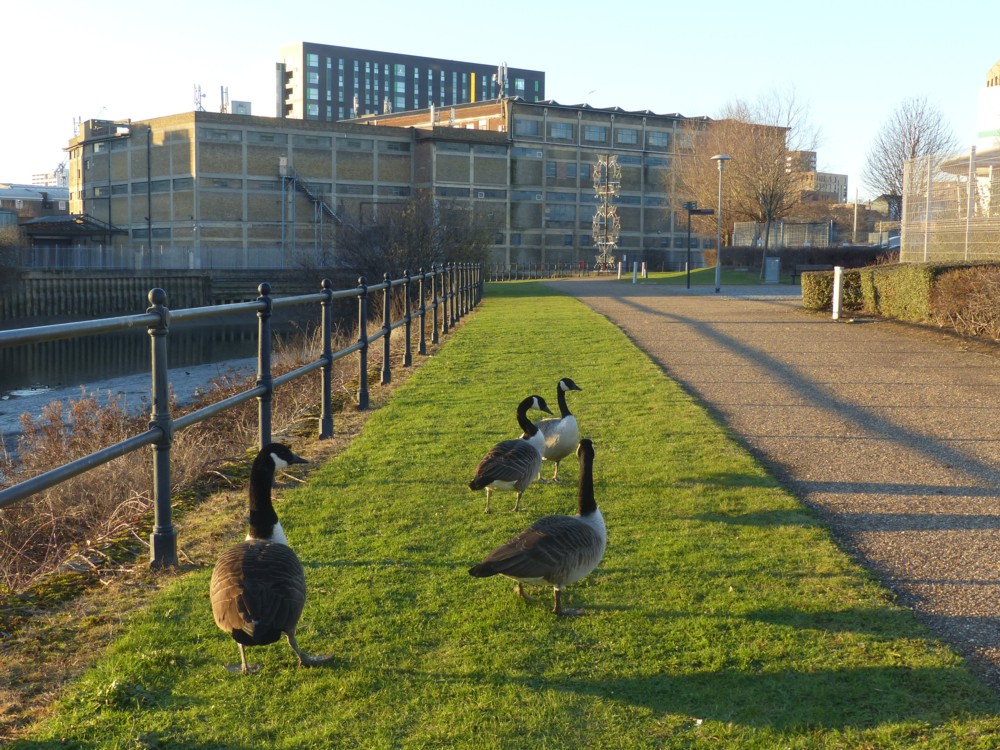Another drone application hovers into view:
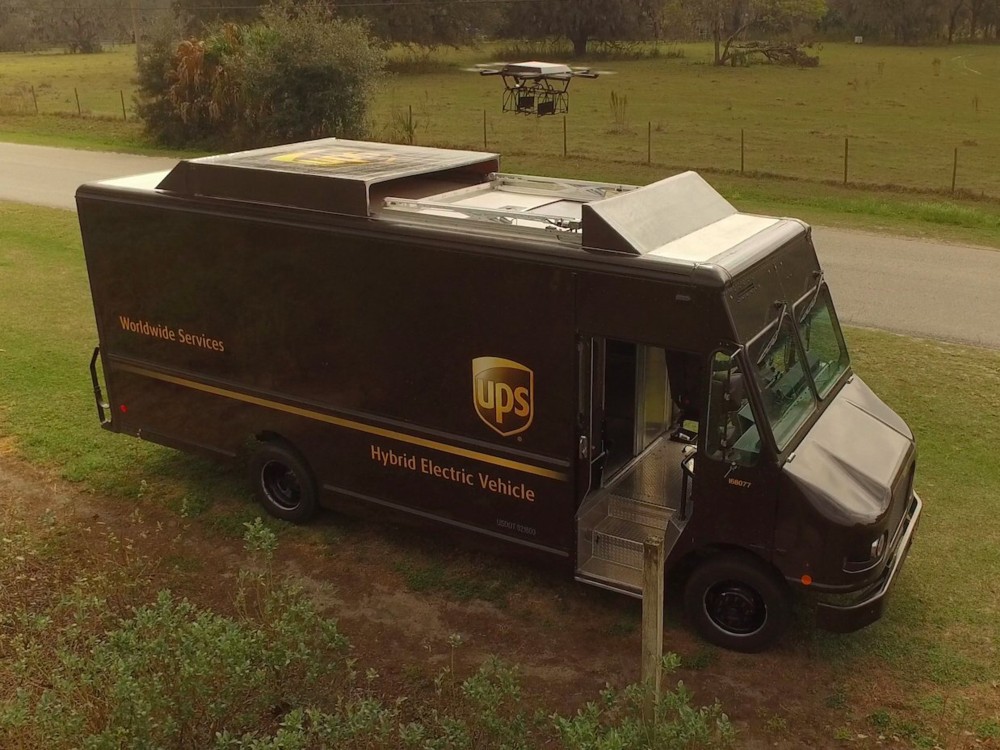
Yes, it’s UPS:
“This is really a vision for the future for us,” UPS senior vice president for engineering and sustainability, Mark Wallace, said in an interview with Business Insider.
The drone will work as a mechanized helper for the driver, reducing the number of miles a driver will need to drive. According to Wallace, UPS can save $50 million a year if everyone of its drivers reduces the length of their delivery routes by one mile.
UPS sees several potential usage cases for its autonomous drones. This ranges from inventory control at warehouses to the delivery of urgent packages such as medical supplies. However, this latest test is geared towards the company’s operations in rural areas where drivers have to cover vast distances between delivery points.
But all this is still some way off:
Currently, the technology [is] still in the testing phase and UPS doesn’t have an exact timeline for its introduction into service, Wallace said.
Timeline being the twenty first century way of saying: time. See also learning curve (learning); learning experience (fuck-up); etc.
I once had a job delivering number plates, in a white van, all over Britain. Much of it was lots of unassembled number plate components in big heavy boxes, to big suppliers, which we delivered direct. And the rest of the job was one-off finished number plates to motorbike shops, which the other drivers often used to deliver by posting them. I always went there direct, because I enjoyed the drive, but either way the economics of those one-off number plates was ridiculous. A drone to do the final thirty miles or so would have been most handy, if it could have been organised. (A digital camera would have been very nice also. But alas, I had to wait a quarter of a century for that.)
The serious point: drones are useful tools for running big and visible and trustable (because so easily embarrassable and controlable) businesses, for example the big and very visible enterprise that provided this. Drones are, basically, tools for workers rather that toys for funsters. They may supply fun, but they will mostly be operated by workers.
In London anyway. Things may be different out in the wilds of the countryside. But even taking photos out in the wilds of Yorkshire involves – I bet – getting some kind of permit. If not, it soon will. Because there will be complaints, and drones are highly visible.
Also audible, yes? Anyone know how noisy drones tend to be? 6K? How noisy is your drone?
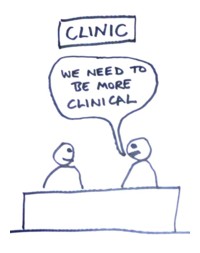 I am hopeless at drawing, as you can see.
I am hopeless at drawing, as you can see.


